Researchers decode genetic puzzle, paving the way for global food security
A group of rice researchers in Beijing have decoded the genetic puzzle behind the vexing trade-off between the average size of rice grains and their maximum number on rice ears, paving the way for next-generation super high-yield varieties, according to a study published in Science on Friday.
The discovery heralds a major revolution in rice breeding since hybrid rice was rolled out half a century ago and helped curb hunger globally, experts said.
The negative correlation between grain size and their total number has long impeded progress toward higher-yield varieties, as increasing the grain size would decrease the number of grains.
Researchers from the Institute of Crop Sciences of the Chinese Academy of Agricultural Sciences, led by Tong Hongning, had looked to clustered-spikelet rice, a wild variety in which multiple grains grow together on a single stem, assuming it bears the linchpin to tipping the balance.
After years of research, the scientists managed to clone the key gene responsible for the clustered-spikelet, and unraveled how a plant hormone, brassinosteroids, can be manipulated through genetic engineering to bolster grain number without compromising size.
Clustered-spikelet rice has intrigued global plant researchers for almost a century. However, the gene responsible for its formation had never been pinpointed, Tong said.
Trial planting data showed that varieties developed through Tong's method produce 11.2 percent to 20.9 percent more yield depending on where they were planted.
"We also found the hormone played a similar role in pepper, suggesting a broader role of the hormone in controlling multi-spikelet phenotypes in nature," he said.
Cao Yongsheng, a vice-president of the Chinese Academy of Agricultural Sciences, said rice research has two major milestones: dwarf rice breeding and hybrid rice breeding. It counts on the mining of important genes, such as that of the clustered-spikelet rice, to score another breakthrough in output.
"Rice is a staple for over half of the global population. With the increasing global population and decreasing arable land, improving rice yield is significant for ensuring global food security," he said.
Cao said that progress in basic agricultural science research is the driving force behind agricultural innovations, and is the bedrock for China to achieve high-level self-reliance in the sector.
Technologies such as gene editing, synthetic biology and digital intelligence are transforming farming and intensifying technological competition, he added.
Qian Qian, one of the Science paper's corresponding authors and an academician at the Chinese Academy of Sciences, said scientific progress contributes 63 percent of agricultural output value in China and has strengthened national food resilience.
"Our agriculture is already at the forefront of the world on many fronts," he said, adding that China is the absolute leader in rice breeding.
Qian, a deputy to the 14th National People's Congress, the top legislature, which met in Beijing recently, said the country's agricultural breakthroughs are built upon work by generations of tech workers.
"Scientists, represented by Yuan Longping (the father of hybrid rice), have overcome the global challenge of hybrid rice, providing the most solid foundation for solving China's food problems," he said.
"Hybrid rice has allowed us to stand on an equal footing with the world."








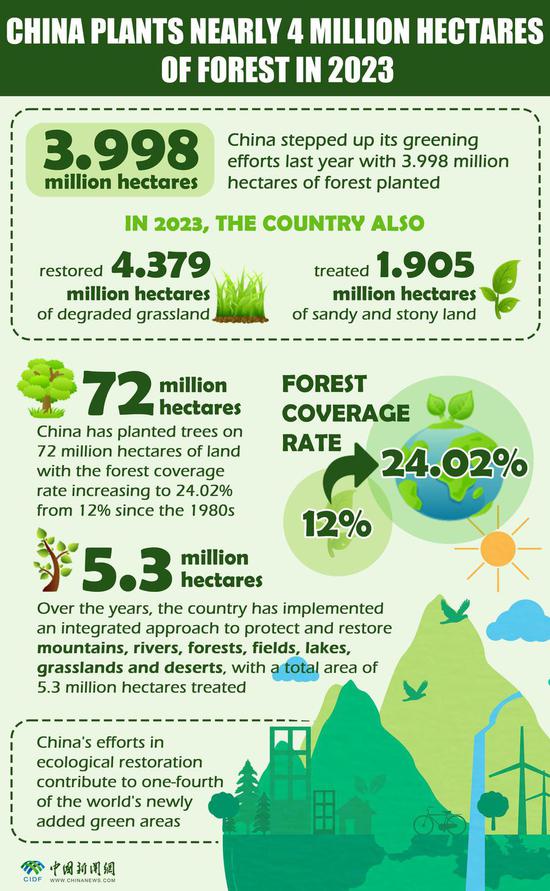
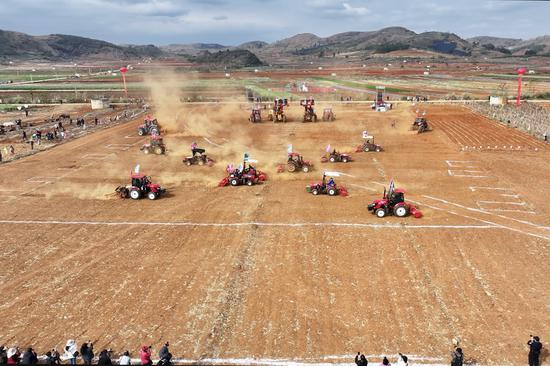




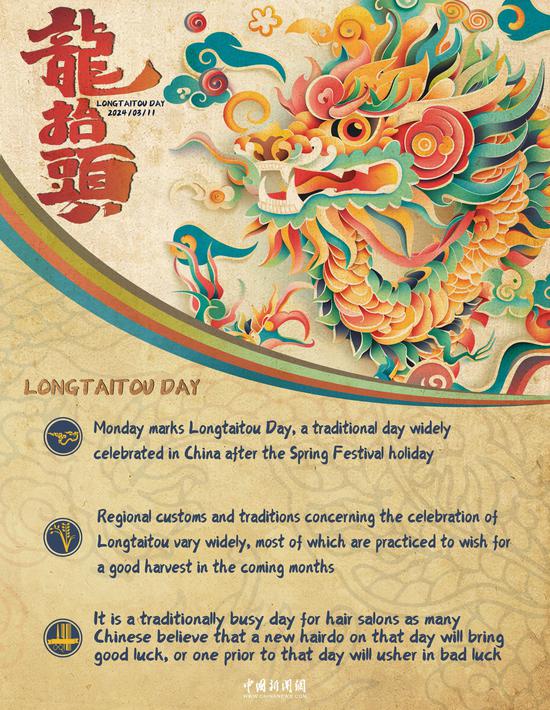
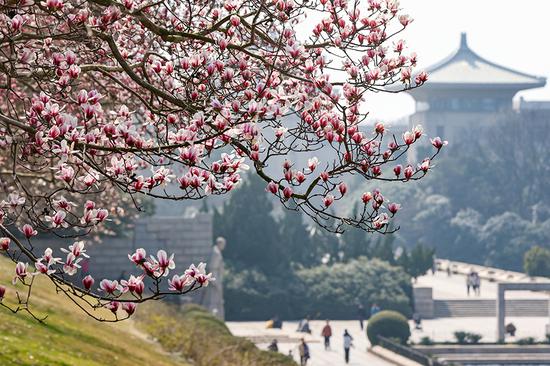
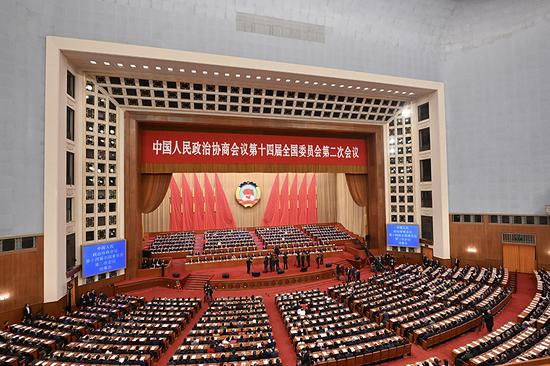

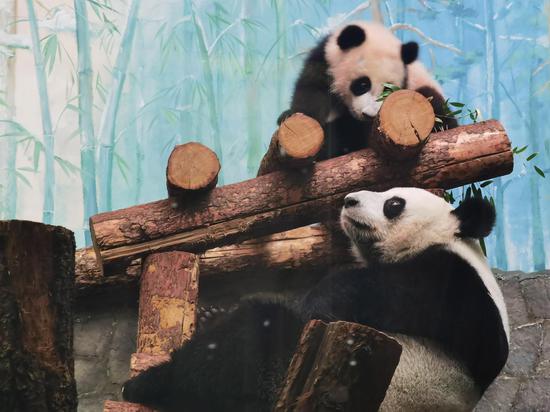
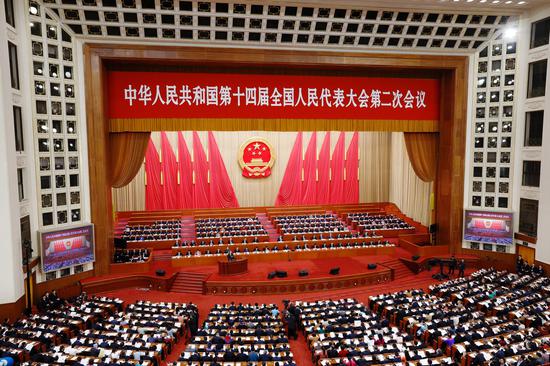

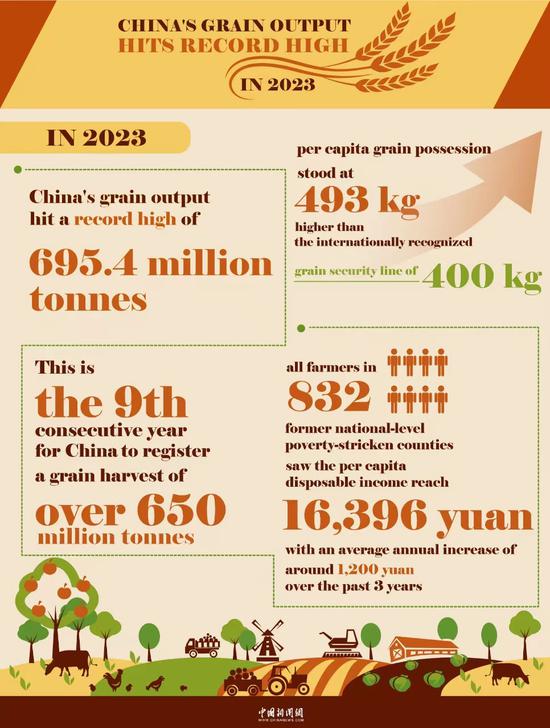

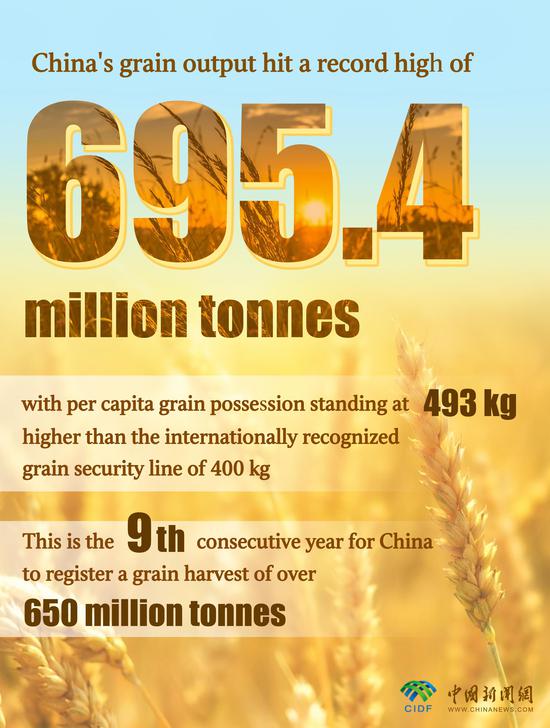
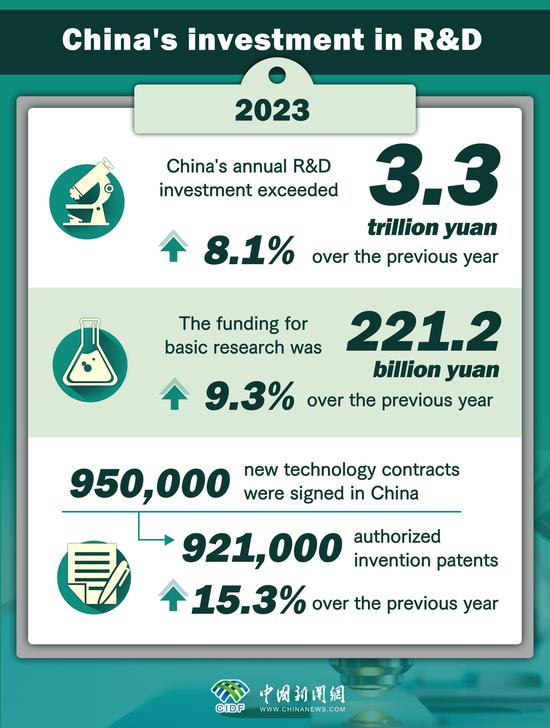

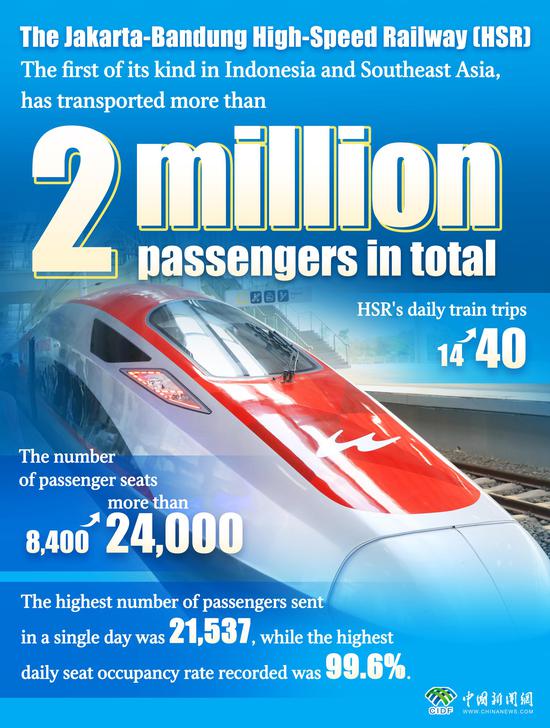



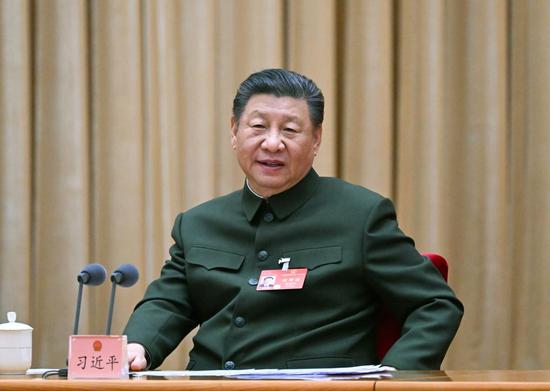
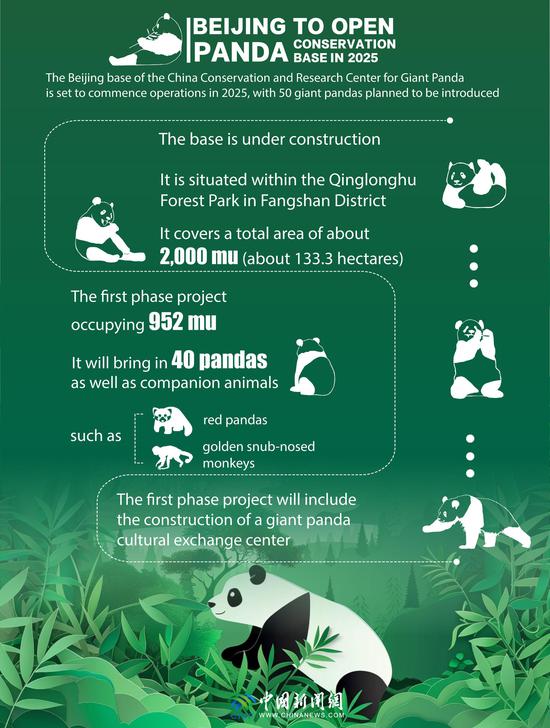

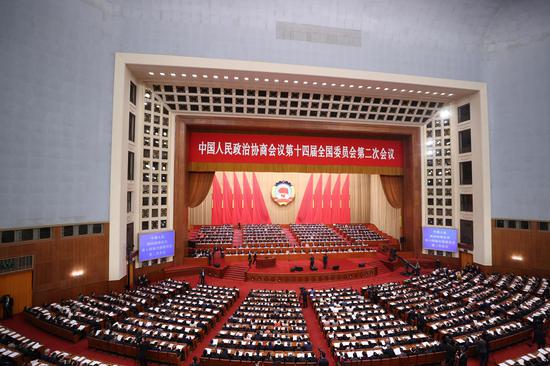
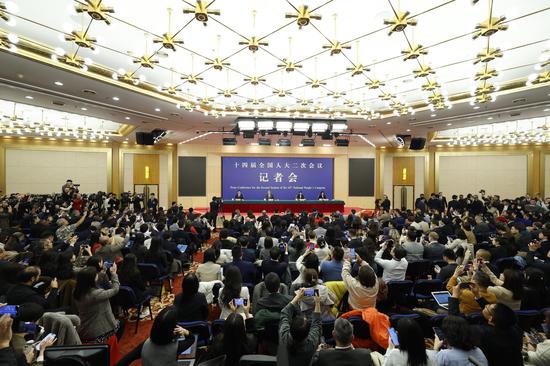

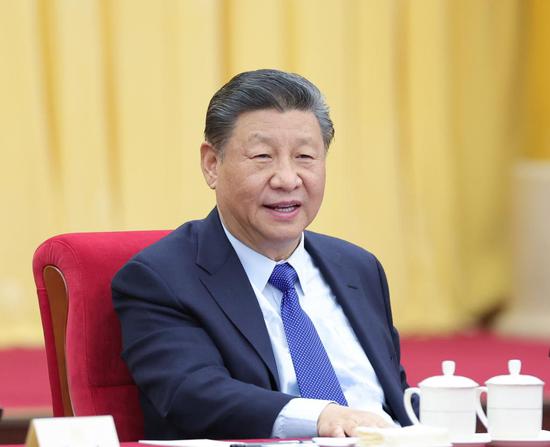
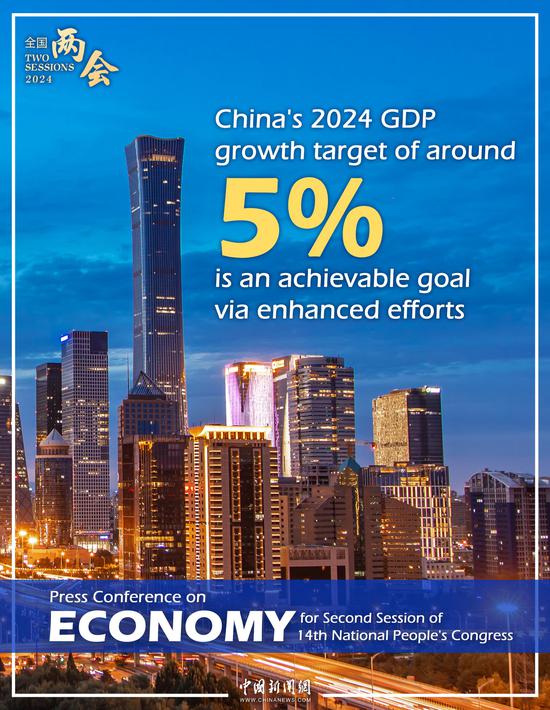



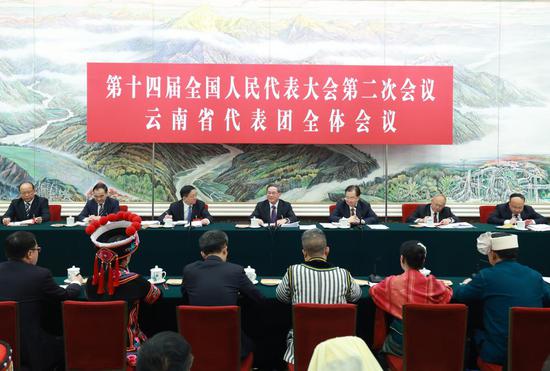
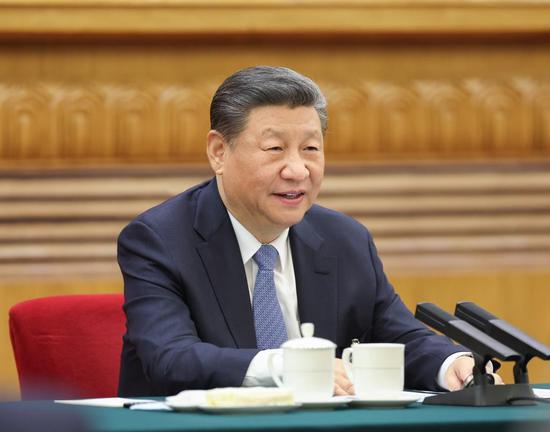

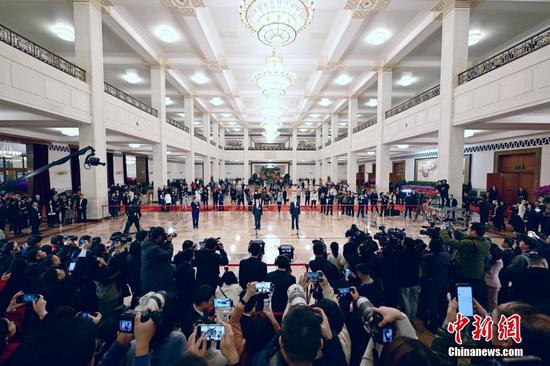





 京公网安备 11010202009201号
京公网安备 11010202009201号
